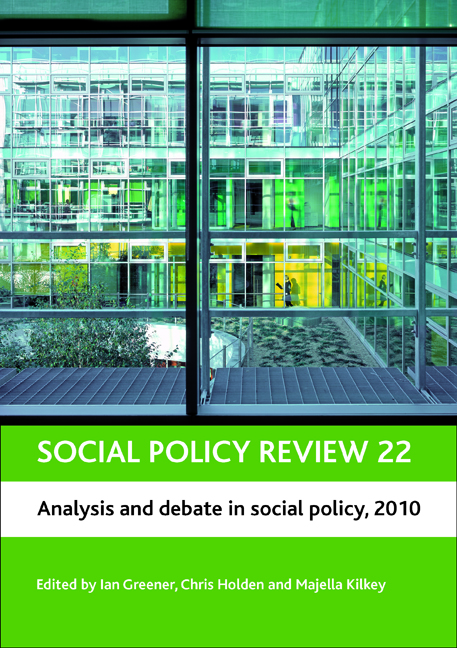twelve - Involving disabled children and young people in research and consultations: issues, challenges and opportunities
Published online by Cambridge University Press: 01 September 2022
Summary
Sometimes I watch the world around me going completely mad. Can we enjoy each other for ourselves, including taking time to help each other out without being measured, even if it takes time and energy? I want access to ideas, to learning, to different ways of life – to engage in thinking with other people. To have all that we need to communicate, even if it's non-verbally. All this is a lot to ask, but it is possible and essential for an ongoing and productive life. (MacKeith, 2003)
Introduction
Maresa MacKeith is a young disabled woman who communicates nonverbally using assisted technology. She makes a powerful case for the value and purpose of communication. Disabled children and young people have a long history of exclusion in important aspects of their life – from education, friendships, from active citizenry, from participation. In their interactions with the many professionals, statutory services, and increasingly, researchers who engage with them, there have in the past been too few attempts to find out what the views of disabled children and young people are. Morris (1998a, 1998b) chronicled what seemed to be a common approach when, in her research about disabled children in the looked-after system, she reviewed case files where professionals were obliged to fill in what the views of the disabled child were. In too many cases what was recorded were comments such as ‘child unable to communicate’, ‘child does not talk’, or even more commonly, the section was left blank.
There is now a much stronger ethical, policy and legal framework in place that starts from the premise that everyone can communicate. There has been a great deal of social policy research that has explicitly prioritised the voice and views of disabled children and young people. Doing it, and doing it well, is not without challenges, and this chapter reviews ‘where we are at’ in terms of meaningfully engaging with disabled children and young people in research and in the range of consultations about public services that are supposed to support them. This chapter reviews the existing research and literature concerning the involvement of disabled children and young people in consultation and research activity.
- Type
- Chapter
- Information
- Social Policy Review 22Analysis and Debate in Social Policy, 2010, pp. 275 - 290Publisher: Bristol University PressPrint publication year: 2010

